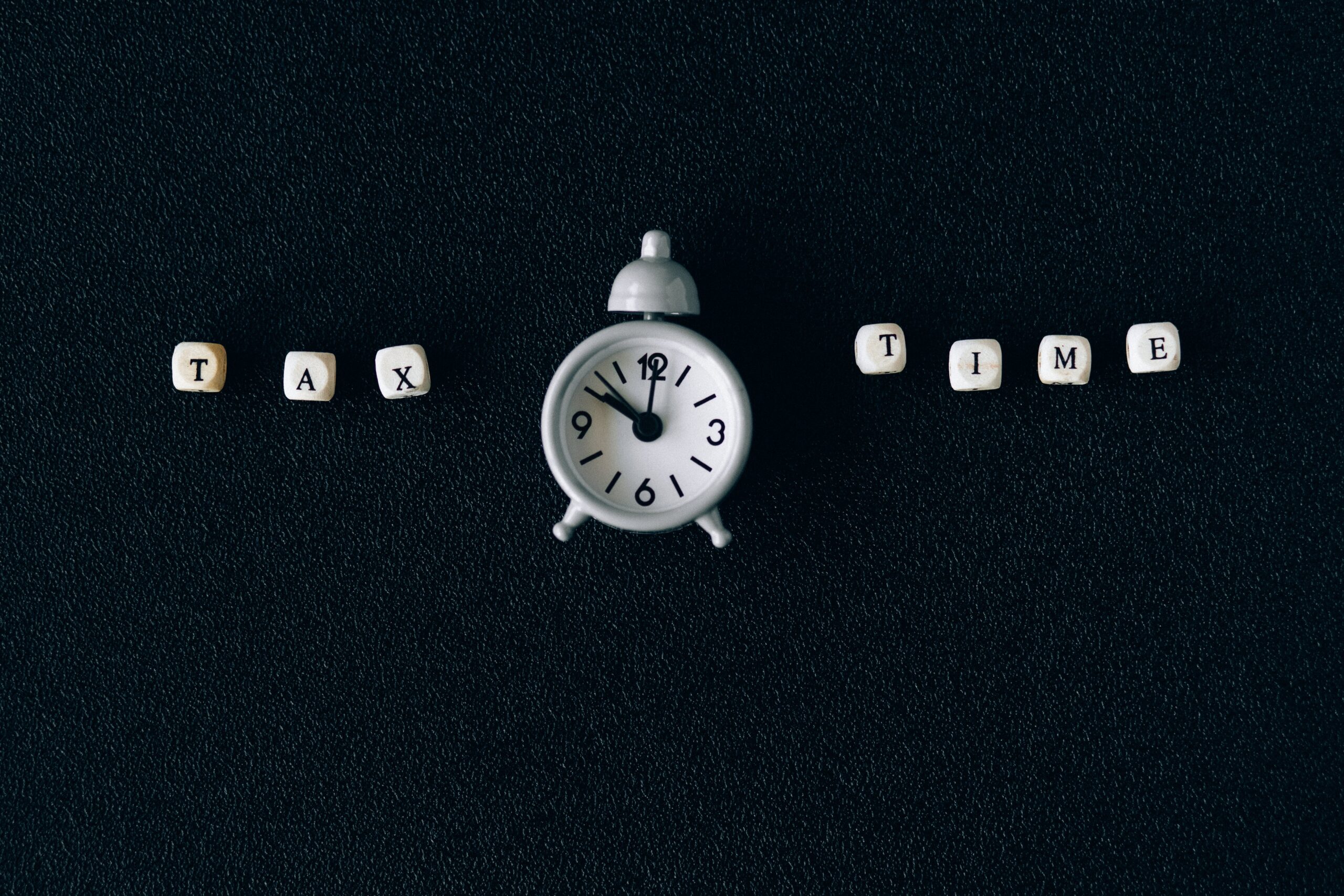While the official IRS deadline to prepare and file your self-employment tax deadline has passed, many small business owners are still getting their returns ready by the extension deadline. You can also get a head start on your preparation for filing next year. People have many reasons to choose self-employment. One of the biggest benefits is gaining full control with a Solo 401k. Another is having more control of your time when you don’t answer to a boss. That control extends to filing your own taxes when you have control over your W-2 rather than an employer controlling it (you might not even need a W-2).
However, with control and freedom comes the responsibility to pay the employer portion of some taxes and maintaining the tax records necessary to file an accurate tax return. Here are the primary differences required for filing your self-employment tax return.
What Makes Self-Employment Taxes Different
A main difference when you are self-employed is that you are responsible for paying self-employment taxes. This is the common term for Social Security and Medicare taxes. How you structure your business makes a difference in how your self-employment taxes are prepared.
When you have a full-time job with a W-2, your employer covers half of your Social Security and Medicare taxes. When you’re self-employed, you pay the employer’s portion as well as your own portion. There are a lot of tax benefits to being self-employed but this is not one of them.
Self-employment tax and income tax are not the same things and they have different tax rates. The current self-employment tax rate is 15.3%. Of this, 12.4% goes toward Social Security and 2.9% goes to Medicare. These taxes apply to income up to $142,800 in 2021. If you earn more than $200,000 as a single filer or $250,000 as a joint filer, you will owe an additional Medicare tax of 0.9%. Along with your Solo 401k retirement income, you’ll enjoy Social Security and Medicare benefits in your golden years.
Preparing Your Self-Employment Tax Return: Forms and Filings
If your business files taxes as a sole proprietor, LLC, or partnership (not a corporation), you’ll pay self-employment tax on the income you earn from your business. That is separate from the regular income taxes you pay regardless of how you are employed.
For income tax, it doesn’t matter if you earn income from an employer or self-employment. Your tax rate is based only on your income regardless of how you are employed. For both, you file the same 1040 form but if you are self-employed, you include additional schedules to deduct expenses and cover self-employment taxes. Your additional filings will be Schedule C to report income or loss from your business and Schedule SE for self-employment tax. Other common forms that you may or may not need for self-employment include:
- 1099-NEC (to report contract payments to non-employees you hire).
- Form 1099-K (if you process more than $20,000 in credit cards and more than 200 transactions).
- Form K-1 (if you’re a partnership or S Corp).
- W-2 (if provided to you by another employer).
- Health care tax forms like Form 8962 or Form 1095A.
Steps to Preparing Your Self-Employed Taxes
The time to begin preparing next year’s taxes is in January by setting up a system to keep everything organized throughout the year. You probably need a hard folder for paperwork and forms that you receive and an e-folder for electronic paperwork. Whenever you receive tax paperwork throughout the year, take a moment to review it for accuracy right away. This prevents foggy memories and errors at tax time for both you and the person sending you the paperwork. This includes paperwork related to any of the tax schedules and forms listed above.
Also, be prepared for year-end tax documents that you receive between the beginning of the year and tax day. For instance, you may receive several 1099-NEC forms if your business works for another business. Again, take the time to be sure these are accurate as soon as you receive them. Asking for a correction can take time when tax day is approaching fast.
Keep Bookkeeping Up to Date
Set up systems to track invoices you send out, payments you receive, expenses for individual projects, and expenses for your general business operations. Something like an unpaid invoice can be a tax deduction to lower the taxes that you owe. If you work on multiple projects for the same business, you want a separate folder for that business and a method to track projects separately.
Whether you are preparing your own taxes or having them prepared for you, you need to make sure that your financial data is complete. All of your business income and expenses need to be accounted for. All of these should flow through your business bank account. Hopefully, you don’t do it but keep track of any business expenses that you pay from your personal account. Keeping track of your business cash flow daily or weekly might seem tedious but doing it this way takes a lot less time than hunting everything down a week before your taxes are due and makes it unlikely that valuable tax write-offs will be missed.
Reconcile Your Books
You’re probably using efficient bookkeeping software but it’s still true that garbage in becomes garbage out. Your cash flow is also going through your bank account. Take the time monthly to reconcile your bookkeeping software with your bank statement. This is probably the place that most self-employed people come up short. This can be as simple as matching the transactions in your software with the transactions on your bank statement. Check off the ones that match and solve the mystery around any that don’t match. The ending monthly balance in your bookkeeping software should match the ending balance on your bank statement.
Prepare Your Self-Employment Taxes with Accuracy
Now that you’re organized and confident that your numbers are accurate, completing your tax return becomes a breeze. Haven’t kept track of everything during the year? Then your chance of over-reporting or under-reporting your income goes up. If you over-report your income, you’ll pay more in taxes than you owe. If you under-report and the IRS finds out, not only will you have to pay the taxes owed but there will also be penalties and fines on top of the back taxes. Accuracy counts. And back to the self-employment tax (Social Security and Medicare). How much you owe as self-employment tax is directly determined by the amount of income you report. Again, accuracy counts.
Conclusion
Before you sit down to do your taxes, first do a review. If you’re using bookkeeping software, it has a Profit and Loss Standard Report that divides entries into income and expense categories. Review that report to be sure there are no mistakes. This should go quickly when you’ve stayed organized and reconciled accounts throughout the year. If something doesn’t look correct, you need to dig down into the details until you can solve the discrepancy.
If you don’t use bookkeeping software, this is going to take more time because you’ll need to go through all of your folders to first separate everything into income and expense categories. Either way, you should begin by looking over the subcategories on tax Schedule C. You want to subcategorize everything to be in-common with the schedule C subcategories. A home office is one subcategory (utilities, rent, etc.). Office supplies and car expenses are two other subcategories. And there are subcategories for marketing, entertainment, etc. Once everything is first categorized as income or expense and then subcategorized, completing your self-employment taxes requires nothing more than plugging the right numbers into the right box on the tax forms.
This information is intended as a basic guide for self-employed individuals. If you are self-employed and have questions about your taxes, seek help from an accounting professional.





